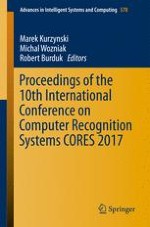This book offers a comprehensive study of computer recognition systems – one of the most promising directions in artificial intelligence. It presents a collection of 52 carefully selected articles contributed by experts in the field of pattern recognition, discussing both methodological aspects and applications of current research. It includes the following sections:
· Features, learning, and classifiers
· Biometrics
· Data stream classification and big data analytics
· Image processing and computer vision
· Medical applications
· Applications
It is a valuable reference tool for scientists dealing with the problems of designing computer pattern recognition systems, including researchers and students of computer science, artificial intelligence and robotics.
